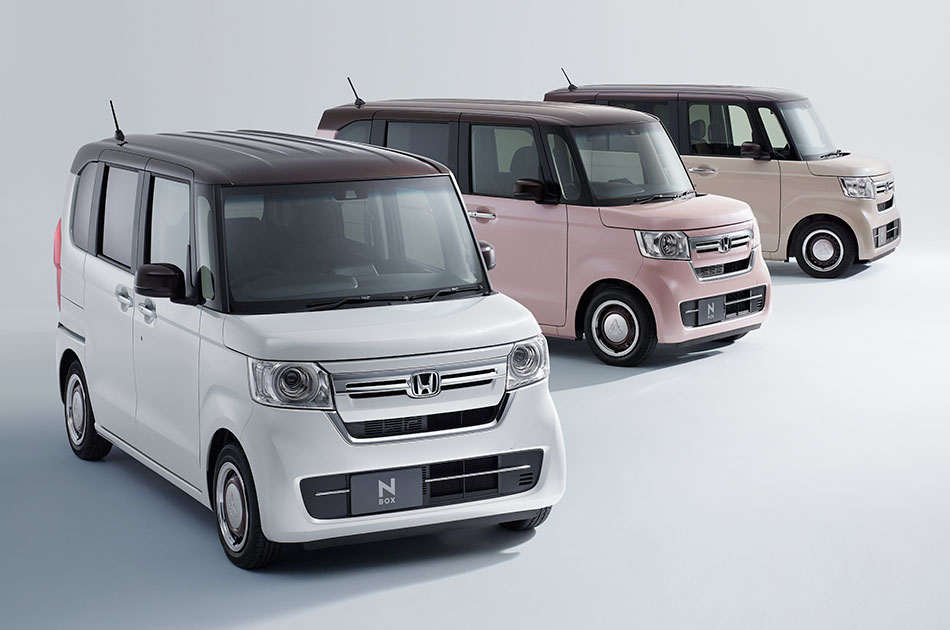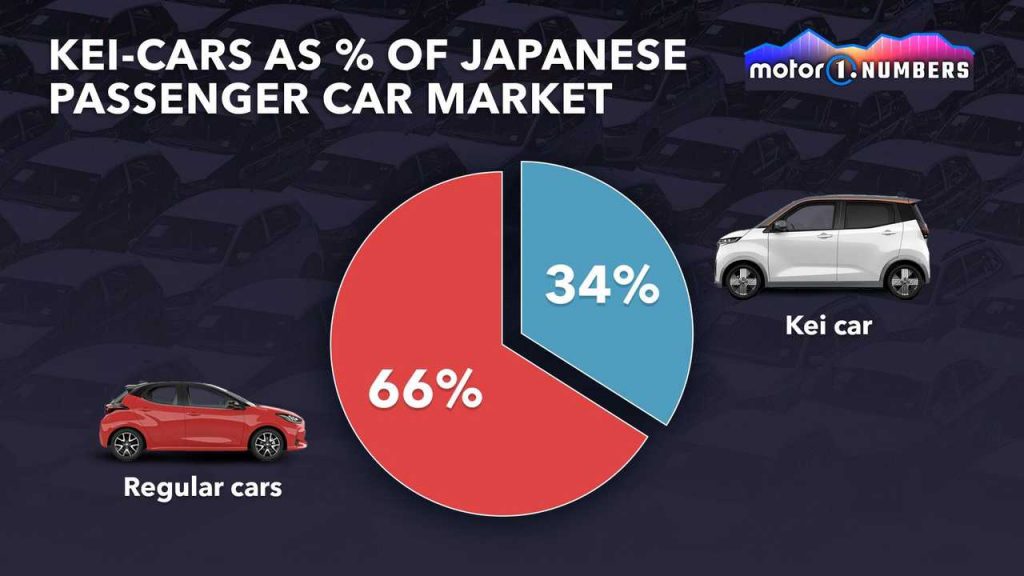What is a Kei Car? Kei cars are a specific category of small, lightweight vehicles that originated in Japan. They’re designed to comply with certain regulations and size restrictions that make them more affordable to own and operate in Japan’s urban environments. These cars have a limited engine size (660cc) and dimensions, which result in lower taxes and insurance costs for their owners. Despite their small size, they can often accommodate up to four passengers comfortably. Kei cars are popular in Japan due to their fuel efficiency, easy maneuverability in crowded cities, and cost-effectiveness.
The specific maximum size regulations for kei cars in Japan typically include restrictions on length, width, height, and engine displacement. Here’s a table summarizing these limitations:
| Aspect | Maximum Limit for Kei Cars |
|---|---|
| Length | 3.4 meters (11.15 feet) or less |
| Width | 1.48 meters (4.86 feet) or less |
| Height | 2 meters (6.56 feet) or less |
| Engine Displacement | 660cc or less |
These specifications are crucial for a vehicle to be classified as a kei car in Japan and benefit from the associated tax breaks and other advantages.
What percentage of the Japanese car market is comprised of kei cars?
Kei cars have traditionally held a significant portion of the Japanese car market. In recent years, their market share has fluctuated, but historically, they’ve accounted for around 30-40% of total car sales in Japan. However, this percentage can vary due to factors like changes in regulations, consumer preferences, and economic conditions. Kei cars remain popular due to their affordability, fuel efficiency, and practicality, especially in urban areas where their compact size and lower operating costs are advantageous.
Some of the most popular and iconic kei cars in Japan include:
- Honda N-Box: This boxy mini MPV is known for its spacious interior despite its compact size. It offers various customization options and features.
Related link: Find recond Honda N-Box for sales in Malaysia - Suzuki Wagon R: A versatile and practical kei car with a tall body design, providing ample headroom and a surprisingly roomy interior for its size.
- Daihatsu Move: Renowned for its maneuverability and compact dimensions, the Move offers a functional interior and efficient use of space.
- Nissan Dayz: A collaborative effort between Nissan and Mitsubishi, this model offers practicality, comfort, and good fuel efficiency.
- Mitsubishi eK: Available in various versions including the eK Wagon and eK Space, these models prioritize practicality, offering a comfortable interior within a compact footprint.
These models, among others, have been consistently popular in Japan due to their efficiency, practicality, and adherence to the kei car regulations.
- What are the defining features of a kei car?
Kei cars are characterized by their compact size, limited dimensions (including length, width, and height), and small engines typically not exceeding 660cc in displacement. They also benefit from tax breaks and other incentives due to their eco-friendly and fuel-efficient nature. - Why are kei cars popular in Japan?
Kei cars are favored in Japan due to their practicality in navigating narrow streets, their affordability, and the reduced taxes and insurance costs associated with their ownership. - What are the benefits of owning a kei car?
Owners enjoy lower taxes, insurance premiums, and parking fees compared to larger vehicles. Kei cars are also fuel-efficient, making them an economical choice for daily commuting. - Are there any limitations or restrictions on kei cars?
Kei cars have size and power restrictions, including engine displacement and dimensions. These limitations ensure they remain small and efficient vehicles. - What types of engines do kei cars have?
Kei cars predominantly feature small, lightweight engines with a maximum displacement of 660cc. These engines are designed for fuel efficiency and typically deliver modest power output. - Are kei cars available outside of Japan?While primarily found in Japan due to their specific regulations and incentives, some similar small-sized vehicles exist in other countries, though they might not adhere to the exact specifications of kei cars.
- How do kei cars differ from regular vehicles in terms of size and specifications?
Kei cars are notably smaller in size, with limited dimensions and engine capacity compared to regular vehicles. Their compact nature allows for easier maneuverability in tight urban spaces. - What are some notable examples of kei cars in the market?
Popular kei car models include the Honda N-Box, Suzuki Alto, Daihatsu Move, and Mitsubishi eK, among others. These models showcase the diversity and innovation within the kei car segment. - Are there any incentives or tax benefits associated with owning a kei car in Japan?
Yes, owning a kei car in Japan often comes with incentives such as reduced taxes, lower insurance premiums, and more affordable parking fees, encouraging their widespread use as practical urban vehicles
Related Read :
Understanding the Honda N Box: Japan’s Beloved Kei Car
Why is Honda N-Box so popular in japan
Submitting your news to Motortrader.com.my is easy. Simply send an email to [email protected] with your press release or announcement attached as a Word or PDF document. Please include your contact information and any relevant images or videos that you would like to accompany your news.


